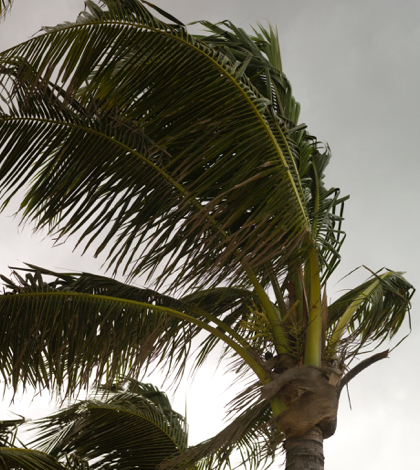As the California drought continues to linger, residents across the state are looking to El Nino to solve the state’s dire situation. Along with the heavy rain and winds comes the potential for flooding. Here are some ways to prepare:
- Inspect trees for damage. Because the drought has left many trees thirsty, they can become weak. High winds can cause them to topple on houses and knock out power lines.
- Trim your trees. Make sure low hanging branches are trimmed before El Nino begins. The winds can cause branches to swing into windows, eventually breaking them.
- Check your roof for leaks.Repairing your roof before the severe rain will be much cheaper – and less of a pain to deal with – than fixing it after it has already rained.
- Install rain capture containers.These containers will allow you to store rainwater and use it once it stops raining. Essentially, this is your home’s own aquifer.
- Clear gutters of leaves and debris.Clear gutters allow clean rainwater to travel into your rain capture container. Clogged gutters are also the reason most roofs collapse during extreme rain.
- Invest in flood insurance.Most homeowner policies do not cover flood damage. If you’re considering flood insurance, give yourself adequate time for the policy to kick in. Most require a 30-day waiting period before your home is covered.
- Prepare an emergency kit.Have nonperishable food and bottles of water placed in a dry area of your home where family members can access it. In case your home becomes flooded, it’s best to have a few days’ worth of food and water to sustain you and your family. If you have pets, also make sure their food and water supply is included in the emergency kit.
- Prepare sandbags.If your home is at risk of flooding, have materials to fill sandbags. Sandbags will create a barrier between floodwater and your home. While it won’t protect your home 100 percent, it will divert most of the water away from the structure.
- Make copies of important documents.Store birth certificates, social security cards and other vital documents outside of your home, in a safe, dry location.
- Keep an itemized list of personal property and valuables.Make note of any valuables you have and keep their receipts. This will allow a claims adjuster to help file a claim should your home and personal property become damaged.
 California Water News Daily Your Source For Water News in California
California Water News Daily Your Source For Water News in California


